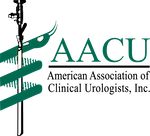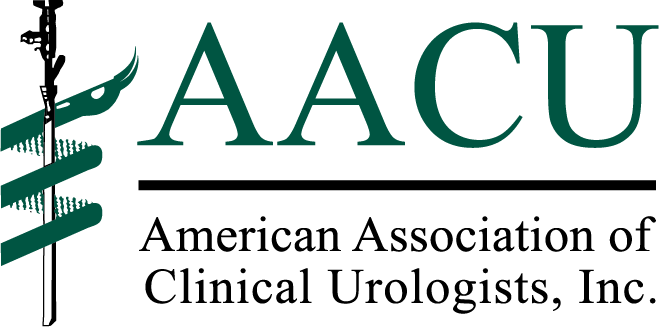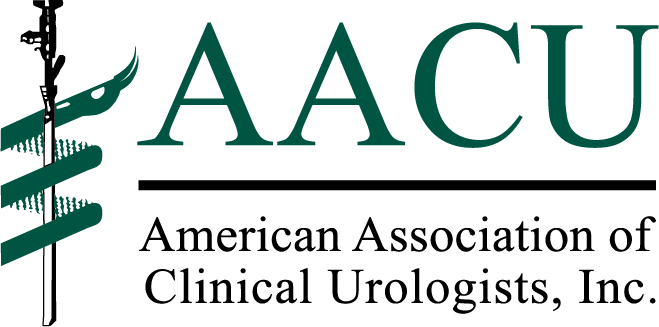Article
Congress poised to extend moratorium on Medicare sequester cuts
Author(s):
“Looming deadlines with potentially harmful consequences of inaction… sometimes have a way of motivating the parties to put aside their differences and act decisively,” writes Yehuda A. Sugarman of the AACU.

Based on a partnership with Urology Times, articles from the American Association of Clinical Urologists (AACU) provide updates on legislative processes and issues affecting urologists. We welcome your comments and suggestions. Contact the AACU government affairs office at 847-517-1050 or info@aacuweb.org for more information.
In recent years, Congress has reached new lows in its inability to work together and pass necessary legislation, even when strong majorities of Americans agree on an issue. Looming deadlines with potentially harmful consequences of inaction, however, sometimes have a way of motivating the parties to put aside their differences and act decisively.
That is exactly what happened in March, when both the US House and Senate enacted measures to extend the Medicare sequester moratorium just days before it was set to expire. The 2% across-the-board cuts in Medicare payments were originally postponed by Congress, as part of the CARES Act, to help soften the impact of the COVID-19 pandemic on providers. The moratorium was then extended several times, most recently under the stimulus package enacted in late December.
The House-passed bill, H.R. 1868, would postpone sequester cuts until the end of 2021 and delay an additional (projected) 4% Medicare cut in 2022, or possibly sooner, that would be automatically triggered—due to mandatory Pay-As-You-Go (“PAYGO”) rules—to offset the budgetary effects of the $1.9 trillion COVID-19 relief bill.
On March 25, just 6 days after the House enacted H.R. 1868, the Senate passed, by a 90-2 vote, an amended version of the bill that would extend the sequester pause through the end of the public health emergency. To pay for the 9-month extension, the Senate moved the sequester end date to 2031 and made some technical corrections, such as applying certain payment limits to rural practices that enrolled in Medicare during the pandemic.
Unlike the House bill, the Senate did not include language waiving the PAYGO rules. Thus, assuming the House adopts the Senate version of the bill, as is expected, organized medicine will need to continue the fight against even larger sequester cuts that could kick in at the same time as the 2% cuts that appear to be on the verge of being postponed.
Physician practices still under pressure in 2021
By pausing reductions in Medicare payments at this fragile time for health care professionals, Congress will be providing them with the buffer they need to stabilize their practices and recover from the revenue losses incurred during the public health crisis.
A survey conducted by the American Medical Group Association last year found that more than 90% of medical groups and integrated health care systems reported revenue reductions of at least 25% due to the pandemic.1 Many facilities reported revenue losses above 50%.
Financial assistance programs targeted at providers in 2020, such as the CARES Act Provider Relief Fund, the Small Business Administration’s Paycheck Protection Program, and the Centers for Medicare & Medicaid Services’ (CMS) Accelerated and Advance Payment Program helped many physician practices stay afloat, but providers are still facing considerable financial and operational challenges due to the pandemic.
An American Medical Association report from last summer analyzed Medicare physician claims data and found that spending had dropped 12% below expected pre-pandemic levels by July 2020, resulting in a cumulative estimated reduction of $9.4 billion, or 19%, in Medicare claims.2 Meanwhile, the American Hospital Association projected health care industry at large could lose up to $323 billion by the end of 2020 due to COVID-19.3
The financial viability of independent practices continues to be threatened in 2021 as patient volume and revenue remain a cause of concern. A Kaufman Hall report noted that even as COVID-19 cases have subsided in the early part of 2021, “volumes, margins, and outpatient revenues of hospitals” remained down from pre-pandemic levels.4
Part of the risk to providers lies in the reliance on telehealth services that soared during the pandemic when Medicare and HIPAA rules were relaxed. Both public and private insurers moved quickly to reimburse telehealth visits at the same rate as in-person care. Without knowing whether those rules and reimbursement rates will remain in place, providers are forced to operate under a cloud of financial uncertainty.
On top of that, physicians must continue to abide by pandemic protocols that create financial stress, such as higher expenses for personal protective equipment (PPE) and supplies, and spacing outpatient visits to ensure there is enough time for sanitizing between appointments. Absorbing Medicare cuts on top of these financial pressures and uncertainties would be overwhelming to most physician practices.
CMS acts ahead of final House vote
Having passed the Senate, H.R. 1868 now heads back to the House where lawmakers must now pass the amended legislation, which they are expected to do shortly after their return from recess on April 13.
As the 2% cuts were slated to go into effect on March 31, CMS announced that they instructed Medicare Administrative Contractors (MACs) to temporarily withhold payments for claims for services provided on or after April 1. This will minimize the number of claims the MACs must reprocess assuming Congress enacts the legislation sometime in April.
References
1. Editors of Healthcare Informatics. Even after reopening, healthcare delivery organizations still hurting financially. July 22, 2020. Accessed March 31, 2021
2. COVID-19 financial impact on physician practices. American Medical Association. Accessed March 31, 2021
3. LaPointe J. AHA projects $323B in COVID-19 hospital financial losses in 2020. RevCycle Intelligence. July 1, 2020. Accessed March 31, 2021
4. Commins J. Pandemic continues to strain hospital volumes, margins, revenues in 2021. Healthleaders. February 22, 2021. Accessed March 31, 2021












